Explosion proof LED Lights | Hazardous Location Lighting
Industrial facilities face constant challenges with safety and efficiency in hazardous environments where flammable gases, combustible dust, and explosive vapors pose serious threats. When traditional lighting fails or creates ignition risks, the consequences can be catastrophic. LED Explosion Proof Light fixtures provide the critical solution, ensuring reliable illumination while preventing dangerous incidents in Class I, Division 1 and 2 locations. These specialized lighting systems combine advanced LED technology with robust explosion-proof enclosures, delivering superior performance in petrochemical plants, refineries, mining operations, and offshore installations where safety cannot be compromised.

Understanding LED Explosion Proof Light Technology and Classifications
Technical Specifications for Industrial Safety Compliance
LED Explosion Proof Light fixtures must meet stringent safety standards including ATEX, UL, and IECEx certifications for hazardous location applications. These lights feature high-efficacy 700mA LED chips with low decay rates, ensuring consistent illumination over extended operational periods. The die-cast ADC12 aluminum housing provides IP68 protection, while shock-resistant tempered glass achieves 95% light transmission rates. Advanced thermal management through 2.0mm aluminum PCBs with 2.5 heat index ratings keeps LED components operating within optimal temperature ranges from -30°C to 50°C, maximizing lifespan and reliability.
Classification Systems for Hazardous Environment Lighting
Explosion Proof Flood Lights are categorized into three primary classes based on environmental hazards present. Class I locations contain flammable gases or vapors, Class II areas have combustible dust particles, and Class III environments feature ignitable fibers or flyings. Division ratings further specify whether hazardous conditions exist continuously (Division 1) or intermittently (Division 2). LED Explosion Proof Light systems must comply with specific zone classifications, ensuring appropriate protection levels for each application scenario while maintaining operational efficiency.
Advanced LED Components and Driver Technology
Modern LED Explosion Proof Light fixtures incorporate Original Bridgelux LED sources renowned for high luminous efficacy and extended lifespans exceeding 50,000 hours. MEANWELL HLG series drivers represent the highest tier of power management technology, providing stable current regulation and protection against voltage fluctuations. These components work synergistically to deliver consistent light output while minimizing energy consumption, making Explosion Proof Flood Lights economically viable for continuous industrial operations requiring reliable hazardous location illumination.
Anti-Glare Optical Design for Enhanced Safety
Scientific optical reflector designs in LED Explosion Proof Light fixtures eliminate glare while focusing light evenly across work areas. This anti-glare technology ensures comfortable viewing conditions for personnel working in hazardous environments, reducing eye strain and improving safety awareness. The precision-engineered reflectors maximize light distribution efficiency while maintaining the explosion-proof integrity required for Class I, Division 1 applications where worker visibility is critical for accident prevention.

Performance Comparison and Selection Criteria
| Feature | Standard Industrial LED | LED Explosion Proof Light |
|---|---|---|
| Safety Certification | IP65 Standard | ATEX, UL, IECEx Class I Div 1 |
| Housing Material | Standard Aluminum | Die-cast ADC12 Aluminum |
| Operating Temperature | -20°C to 40°C | -30°C to 50°C |
| Impact Protection | IK08 | IK10 Explosion Resistant |
Environmental Durability and Corrosion Resistance
LED Explosion Proof Light fixtures undergo specialized surface treatments including powder coating that provides exceptional salt and chemical resistance. This protective coating prevents dust accumulation while maintaining the explosion-proof housing integrity required for marine and offshore applications. The robust construction withstands harsh industrial environments including chemical processing plants, petroleum refineries, and mining operations where Explosion Proof Flood Lights must operate reliably despite exposure to corrosive substances and extreme weather conditions.
Energy Efficiency and Operational Cost Analysis
LED Explosion Proof Light technology delivers significant energy savings compared to traditional halogen or metal halide explosion-proof fixtures. High-efficiency LED chips consume up to 70% less power while providing superior illumination levels, reducing operational costs in large industrial facilities. The extended lifespan of LED components minimizes maintenance requirements and replacement costs, making these systems economically advantageous for continuous operation in hazardous locations where accessing fixtures for maintenance presents safety challenges.
Application-Specific Performance Requirements
Different hazardous environments require specific LED Explosion Proof Light configurations based on operational demands. Petrochemical facilities need fixtures resistant to hydrocarbon vapors, while food processing plants require units suitable for grain dust environments. Offshore platforms demand marine-grade corrosion protection, and pharmaceutical facilities need contamination-resistant designs. Understanding these application-specific requirements ensures proper selection of Explosion Proof Flood Lights that meet both safety regulations and operational performance standards.
Mounting Options and Installation Flexibility
Modern LED Explosion Proof Light fixtures offer versatile mounting configurations including pendant, surface, and pole mounting options. These flexible installation methods accommodate various industrial layouts while maintaining explosion-proof certification integrity. Professional installation guidelines ensure proper grounding and conduit connections required for hazardous location compliance, while modular designs simplify maintenance procedures in challenging industrial environments where minimizing downtime is crucial.

Implementation and Installation Best Practices
Compliance with International Safety Standards
LED Explosion Proof Light installations must adhere to comprehensive safety standards including NEC Article 500, NFPA 70, and international IEC guidelines for hazardous location electrical equipment. These standards specify proper installation procedures, grounding requirements, and maintenance protocols essential for maintaining explosion-proof integrity. Certified technicians must verify that all Explosion Proof Flood Lights meet applicable zone classifications and installation requirements before commissioning systems in hazardous industrial environments.
| Installation Parameter | Requirement | Compliance Standard |
|---|---|---|
| Grounding | Equipment grounding conductor | NEC 250.100 |
| Conduit Entry | Threaded rigid metal conduit | NEC 501.15(A) |
| Sealing | Explosion-proof sealing fittings | NEC 501.15(C) |
| Spacing | Minimum 12 inches from ignition sources | NFPA 497 |
Professional Installation and Commissioning
Proper installation of LED Explosion Proof Light systems requires specialized knowledge of hazardous location electrical practices and explosion-proof equipment handling. Trained technicians must ensure proper torque specifications for explosion-proof connections, verify gasket integrity, and confirm appropriate conduit sealing to maintain Class I, Division 1 certification. Commissioning procedures include comprehensive testing of all safety systems, verification of proper operation under various load conditions, and documentation of compliance with applicable safety standards.
Maintenance Protocols for Hazardous Environments
LED Explosion Proof Light maintenance requires specialized procedures to preserve explosion-proof integrity while ensuring optimal performance. Scheduled inspections verify housing seal integrity, check for corrosion or damage, and confirm proper electrical connections within explosion-proof enclosures. Maintenance personnel must follow hot work permit procedures when accessing energized explosion-proof equipment, ensuring that Explosion Proof Flood Lights continue operating safely throughout their service life in hazardous industrial environments.
Quality Assurance and Testing Procedures
Comprehensive quality control ensures LED Explosion Proof Light fixtures meet stringent performance and safety requirements through rigorous testing protocols. Photometric testing using integrating spheres verifies light output characteristics, while aging tests confirm long-term reliability under continuous operation. Thermal cycling evaluates performance across operating temperature ranges, and vibration testing ensures structural integrity in industrial environments where Explosion Proof Flood Lights experience mechanical stress from equipment operation and environmental conditions.
Conclusion
LED Explosion Proof Light technology represents the pinnacle of hazardous location illumination, combining advanced LED efficiency with robust explosion-proof safety features essential for industrial environments where traditional lighting poses unacceptable risks.
Ready to enhance your facility's safety with premium LED Explosion Proof Light solutions? As a leading China LED Explosion Proof Light manufacturer and China LED Explosion Proof Light supplier, Xi'an Razorlux offers comprehensive China LED Explosion Proof Light wholesale solutions. Our China LED Explosion Proof Light factory produces competitively priced LED Explosion Proof Light for sale, delivering exceptional LED Explosion Proof Light price value. Contact our expert team at sam@razorlux.com for customized hazardous location lighting solutions tailored to your specific industrial requirements and safety compliance needs.
References
1. "Explosion-Proof Equipment for Use in Hazardous (Classified) Locations" - National Electrical Code Article 500, National Fire Protection Association
2. "Electrical Equipment for Explosive Gas Atmospheres" - International Electrotechnical Commission Standard IEC 60079
3. "Hazardous Location Classification and Protection Methods" - IEEE Standard 515-2017, Institute of Electrical and Electronics Engineers
4. "Industrial Lighting Design Guidelines for Hazardous Areas" - Illuminating Engineering Society Technical Memorandum TM-11-12
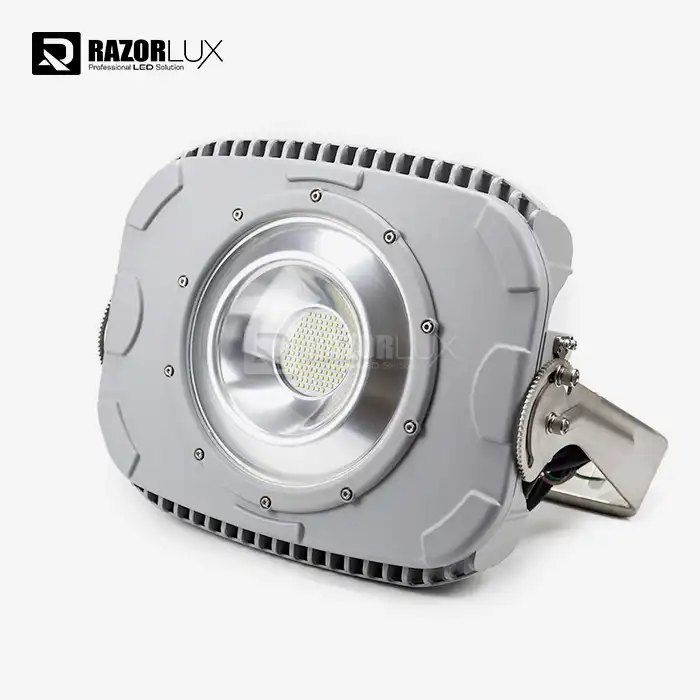 VIEW MOREOutdoor Led Flood Light With Photocell
VIEW MOREOutdoor Led Flood Light With Photocell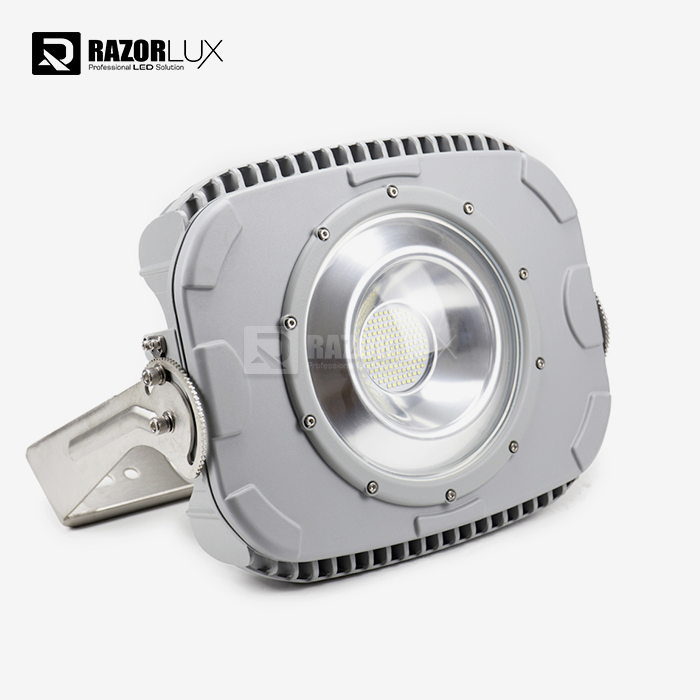 VIEW MORETennis Court Led Flood Lights
VIEW MORETennis Court Led Flood Lights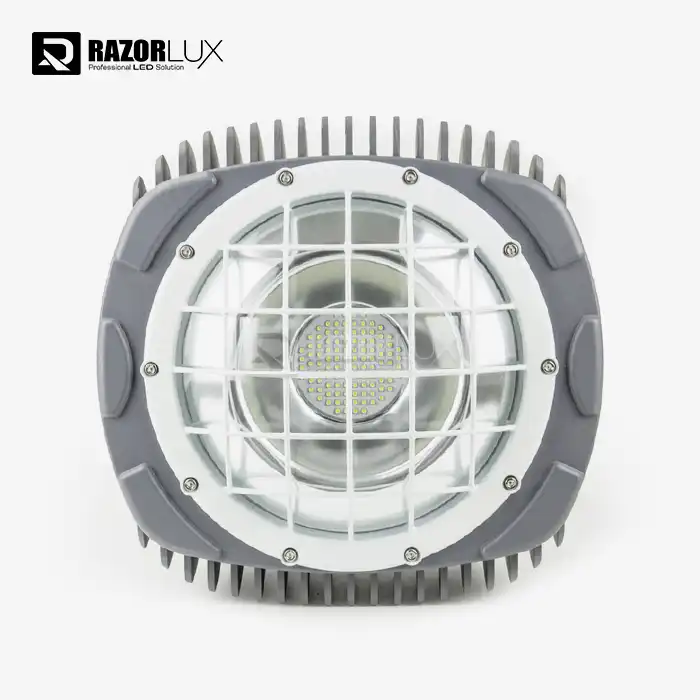 VIEW MOREMarine Led Flood Lights 12V
VIEW MOREMarine Led Flood Lights 12V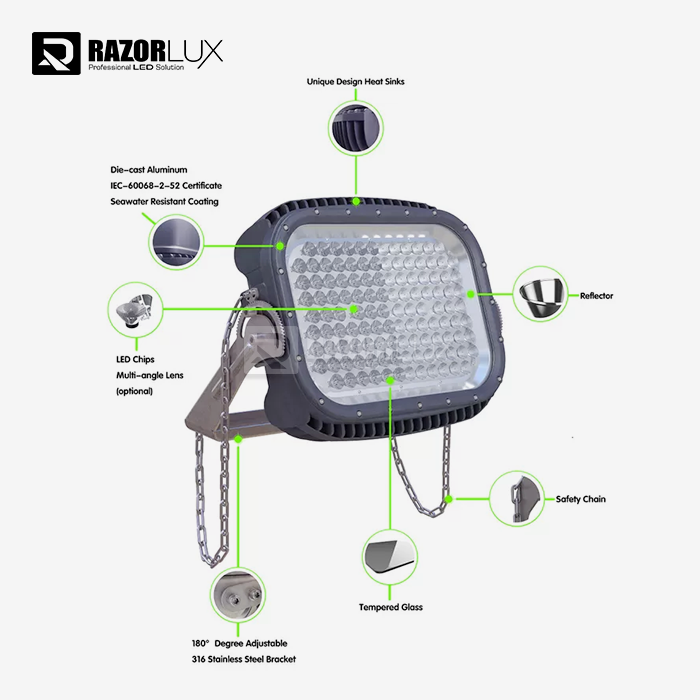 VIEW MOREPortable 400w 347V Led Crane Light Badminton Court Cool White
VIEW MOREPortable 400w 347V Led Crane Light Badminton Court Cool White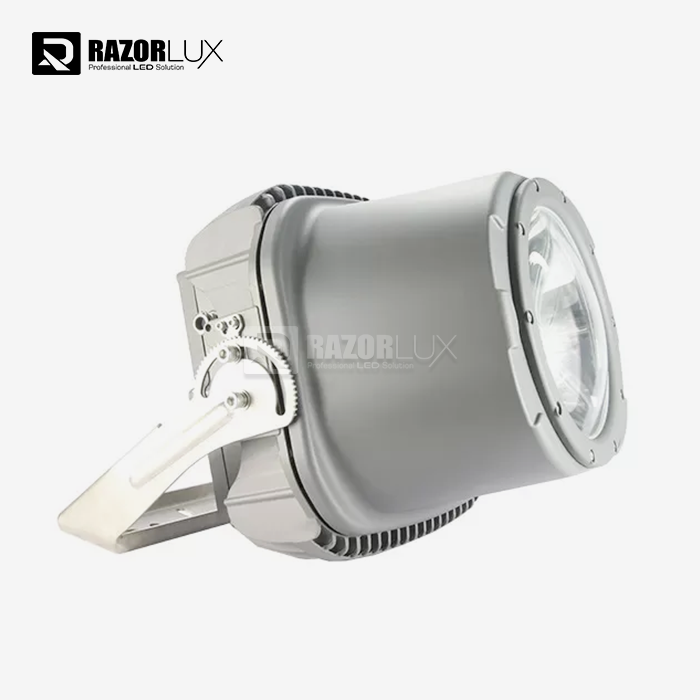 VIEW MOREAluminum IK10 Led Stadium Lights 500W 60000lm Led Sports Ground Floodlights
VIEW MOREAluminum IK10 Led Stadium Lights 500W 60000lm Led Sports Ground Floodlights VIEW MOREHot Products Aluminum Alloy floodlight 1000w led flood light for Indoor Outdoor Sports Venue
VIEW MOREHot Products Aluminum Alloy floodlight 1000w led flood light for Indoor Outdoor Sports Venue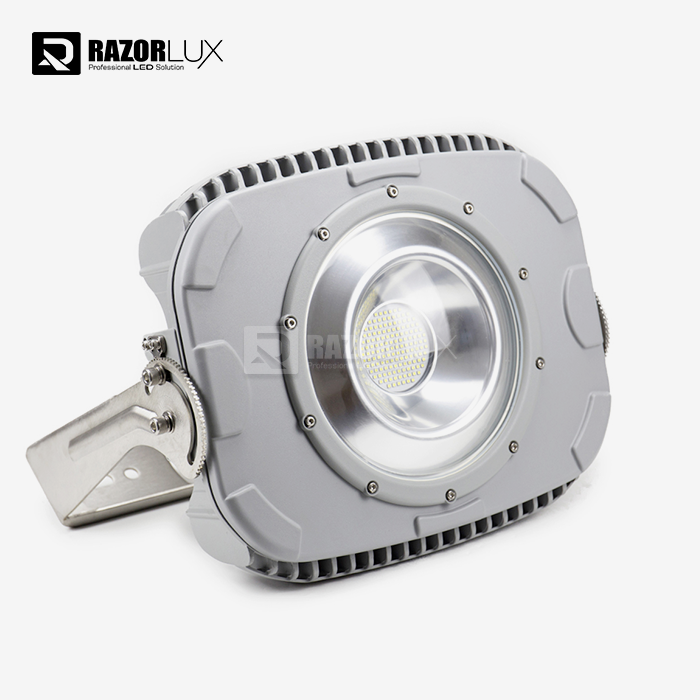 VIEW MOREThe Best Flood Lights
VIEW MOREThe Best Flood Lights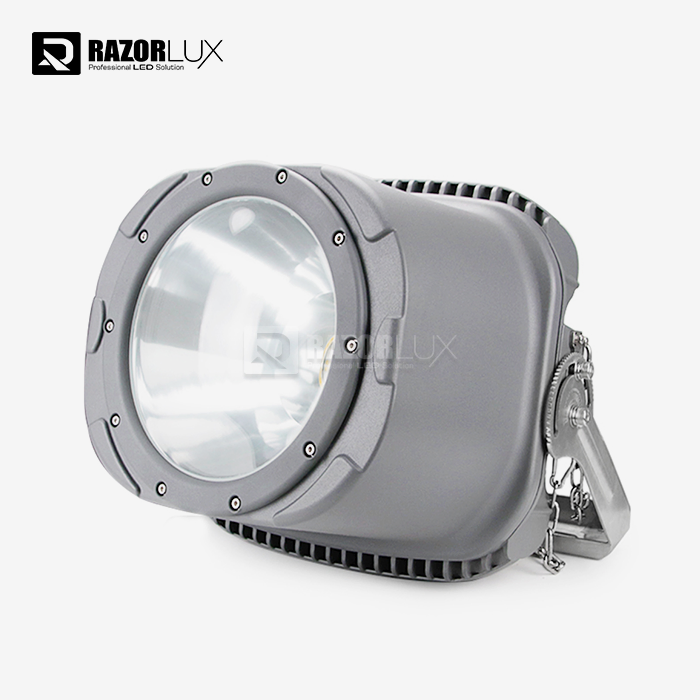 VIEW MORE110V Led Floodlight
VIEW MORE110V Led Floodlight

_1750326878398.png)

